Fieldwork
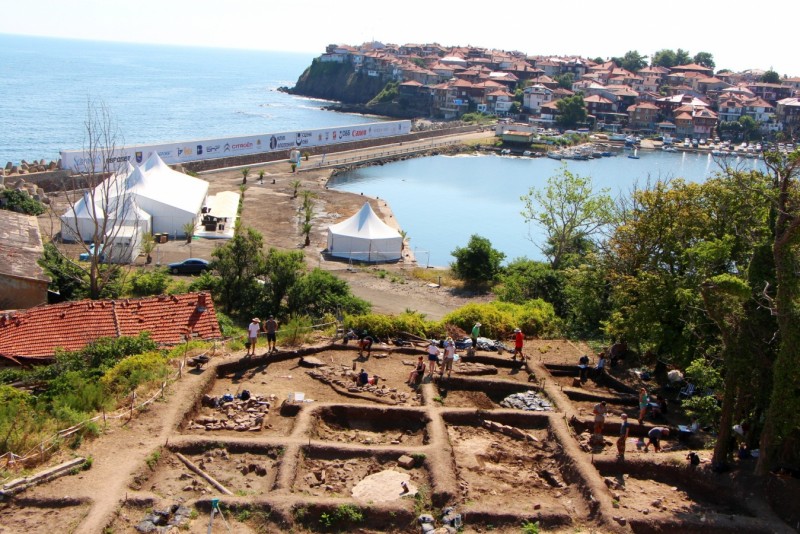
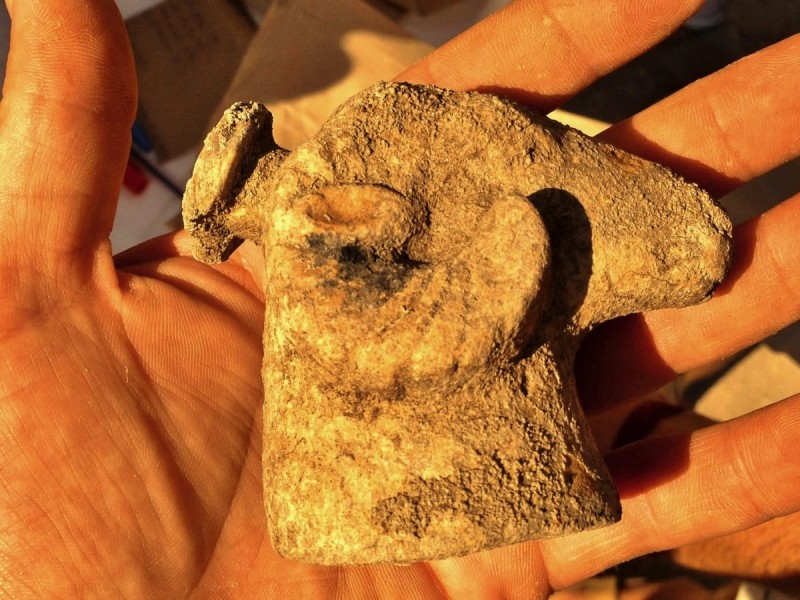
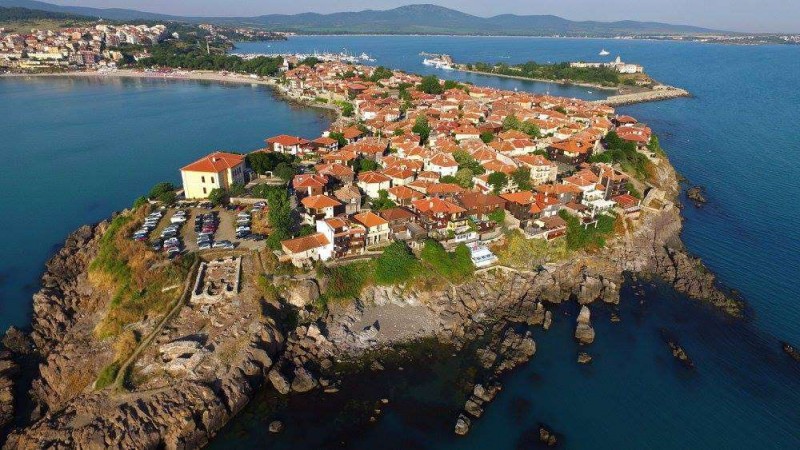
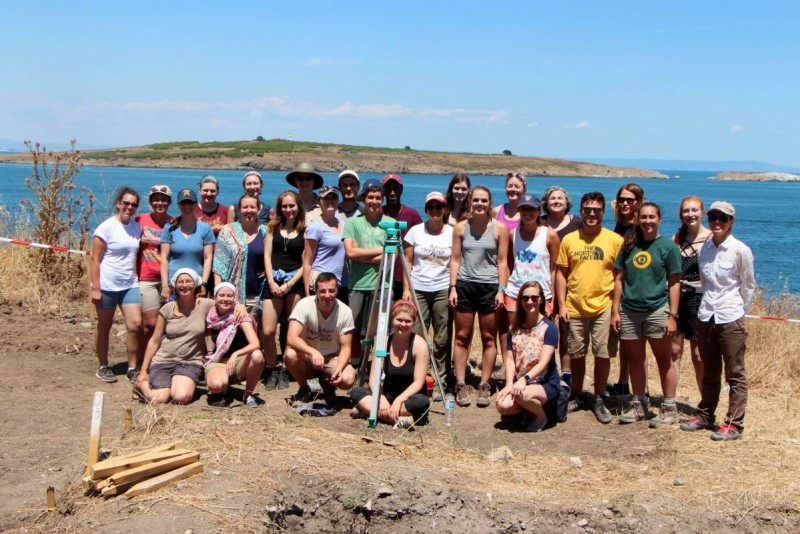
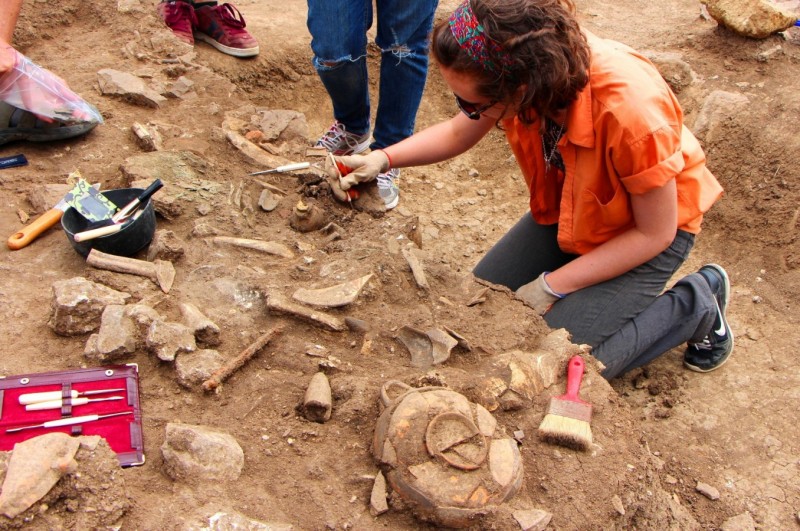
Location: Sozopol, BG
Season: June 1, 2025 to June 28, 2025
Session Dates: 1 June - 28 June, 2025
Application Deadline: May 1, 2025
Deadline Type: Rolling
Website: https://www.bhfieldschool.org/program/ancient-greek-excavtions-apollonia-pontica
Discount for AIA members: 5% discount off the regular admission fee
Program Type:
Field School
RPA Certified:
No
Affiliation:
Balkan Heritage Foundation (Bulgaria), Apollonia Pontica Еxcavation Team, Archaeological Museum of Sozopol, New Bulgarian University
Project Director:
Dig director: Krastina Panayotova, PhD in Archaeology, Associate Professor and Head of the Department of Classical Archaeology, National Institute of Archaeology and Museum, Bulgarian Academy of Sciences / Deputy dig director and chief instructor: Teodora Bogdanova, Ph.D. in Archaeology, Curator at Museum of Archaeology - Sozopol; Adjunct Professor, CPCE, New Bulgarian University, Bulgaria.
Angela Pencheva, PhD in Archaeology, Program Director of the Balkan Heritage Foundation, Lyuba Manoilova, PhD candidate in Anthropology at the Institute of Experimental Morphology, Pathology and Anthropology with Museum Bulgarian Academy of Sciences; project coordinator at the Balkan Heritage Foundation
Katharine Kolpan (PhD in Anthropology), Assistant Professor at University of Idaho (USA)
Lyuba Manoilova (Phd Student in Anthropology), BHF office and project coordinator
Project Description:
Ancient Apollonia Pontica (present-day Sozopol, Bulgaria) is one of the oldest towns on the western Black Sea Coast. The city, founded by Miletian colonists around 610 BCE, was named Apollonia Pontica in honor of the patron deity of Miletus – Apollo. The Ancient authors identify the philosopher named Anaximander as the founder of the city. It became an autonomous and strong democratic polis, as well as an important trade center between Ancient Greece and Thrace. Thanks to its strong navy and naturally protected harbors, Apollonia kept control of the major merchant road along the western Black Sea Coast, called Via Pontica, for several centuries. The city preserved its independence during the campaigns of Phillip II of Macedon (342-339 BCE) and Alexander the Great (335 BCE) but in 72 BCE it was conquered, pillaged and burned by the Roman legions of Marcus Lucullus. The city succeeded in restoring its former glory and was known in the Roman world as Apollonia Magna (Great Apollonia). Following the Christian mainstream tradition, its name was changed to Sozopol, meaning “town of salvation”, in the 4th century CE. Despite the invasions, it survived the period of the Great Migration (4th – 7th century CE) and entered the Middle Ages as a focal point of long-lasting Byzantine-Bulgarian conflicts.
The site “Messarite” is located southwest of Sozopol, approx. 2 km from the center of the Old Town. During archaeological field surveys in this area were registered 29 sites – remains of buildings, fortification walls for artificial terraces of the land and three tombs. The site is divided into three sectors on the western slope on the eastern side of a small valley where the small chapel “St. Marina” is located. Dr. Panayotova’s team excavated the remains of six buildings dated between the second half of the 5th century BCE and the beginning of the 3rd century BCE. Parts of an ancient road oriented north-south were also discovered. It is 6,50 m wide and so far over 40 m of its length were uncovered. On both sides, there are remains of buildings.
Towards the end of the 4th century BCE, the buildings in all three sectors were abandoned and destroyed. Shortly after graves with both inhumations and cremations started appearing in the abandoned ruins. In one area there are even family plots enclosed with stone walls (periboloi). Until now a total of 42 graves have been excavated all dated in the first half of the 3rd century BCE. The burial structures vary from pits, pithoi, ceramic and limestone sarcophagi, to tile-lined and cist graves while the cremations are in locally made urns. The funeral gifts are typical for the period – incense vessels (lekithoi and unguentaria), funeral wreaths, strigili, mirrors, scissors, coins and jewelry. In front of the family plots were discovered traces of funerary rites including 10 ritual firepits.
These are the first excavations of the broader territory of an ancient Greek colony in present-day Bulgaria. The results from the excavations along with the traces of mining and metallurgy in the adjacent area shed light on the economic development of Apollonia Pontica in the Classical and Hellenistic periods.
The Field School Season
This field school provides a unique glimpse into the early stages of the Greek Colonization of the western Black Sea Coast and the development of a small Greek settlement into one of the richest and strongest Greek colonies in the Black Sea region, as well as an amazing opportunity to:
dig at an Ancient Greek site on the Black Sea Coast;
practice all basic excavation techniques in the field plus finds and samples processing;
visit significant archaeological and historic sites in Bulgaria such as Nessebar, ancient Mesambria (UNESCO World Heritage Site), ancient Deultum near Burgas and Sozopol, ancient Apollonia Pontica, etc.
The Field School Season in 2025 envisions excavations at Messarite in a new sector opened next to the previously conserved area.
The field school offers one four-week session. It includes fieldwork, lectures and instructions in Classical field archaeology, workshops for finds processing and documentation, as well as study visits to significant archaeological and historical sites.
Students who need to prepare field reports and presentations for their universities will receive additional instruction and assistance.
Period(s) of Occupation: Archaic and Classical Greek, Hellenistic and Early Byzantine (7th- 3rd century BCE and 5th - 7th century CE)
Notes:
Major field school topics/activities: Archaeology and history of the Greek colonization and culture along the Western Black Sea Coast; Excavations of the Archaic Greek settlement and the sacred precinct (temenos) from Archaic, Classical and Hellenistic period of Apollonia Pontica; Archaeological field techniques and methods for excavation and documentation; Processing of finds and samples; Excursions to significant heritage sites in Bulgaria. Academic credits are available for students through NBU, Bulgaria and Connecticut College, USA.
Project Size: 1-24 participants
Minimum Length of Stay for Volunteers: 4 weeks
Minimum Age: 18
Experience Required: No experience required. However, the project is not recommended for individuals with solar allergies or other special illnesses that might be exacerbated during the intensive outdoor activities.
Room and Board Arrangements:
Accommodation for the duration of the project is at Hotel Polina Beach which offers comfortable rooms with two to three beds, air conditioning, a minibar, TV and Wi-Fi. The hotel is located in the new part of Sozopol, a 15 min walk to the Old Town Quarter, the Archaeological Museum and another 15 min walk to the archaeological site. Staying an extra day costs 50 EUR. A limited number of single rooms is available upon request for an additional cost of 350 EUR.
Participants must pay on their own for extra days and for single-room accommodation!
Meals: Daily breakfast and lunch (lunch pack for the field trips), as well as the official welcome and farewell dinners, are covered by the reimbursement payment. Students are responsible for their own dinners in Sozopol.
Sozopol offers a variety of restaurants that can meet everyone’s preferences and dietary requirements – from fast food options to cozy gourmet restaurants. The average meal price (soup/salad, main dish and dessert) can cost between 10 to 20 USD. The project team will recommend restaurants for different preferences (cuisine, cost, dietary needs).
During the summer, Sozopol offers many opportunities for sports and entertainment. Possible leisure activities during the siesta and days off in and around Sozopol are: swimming, sunbathing, beach sports including surfing, visiting local beaches and tourist (natural and heritage) sites, scuba diving, fishing, sailing & boating, attending cultural events, seeing movies in an outdoor cinema or just shopping.
Academic Credit:
New Bulgarian University grants 9 ECTS credits to students for attending this field school. Transcripts of Records (ToR) are available upon request for an additional tuition fee. Participants who are not interested in academic credits don't need to pay the NBU tuition fee.
Balkan Heritage Foundation
7 Tulovo St., Floor 4, Apt. 6
Sofia
Sofia
1504
Bulgaria
Phone: +359 988 250 901; +359 898 681 366 (both available on WhatsApp)
The AIA is North America's largest and oldest nonprofit organization dedicated to archaeology. The Institute advances awareness, education, fieldwork, preservation, publication, and research of archaeological sites and cultural heritage throughout the world. Your contribution makes a difference.